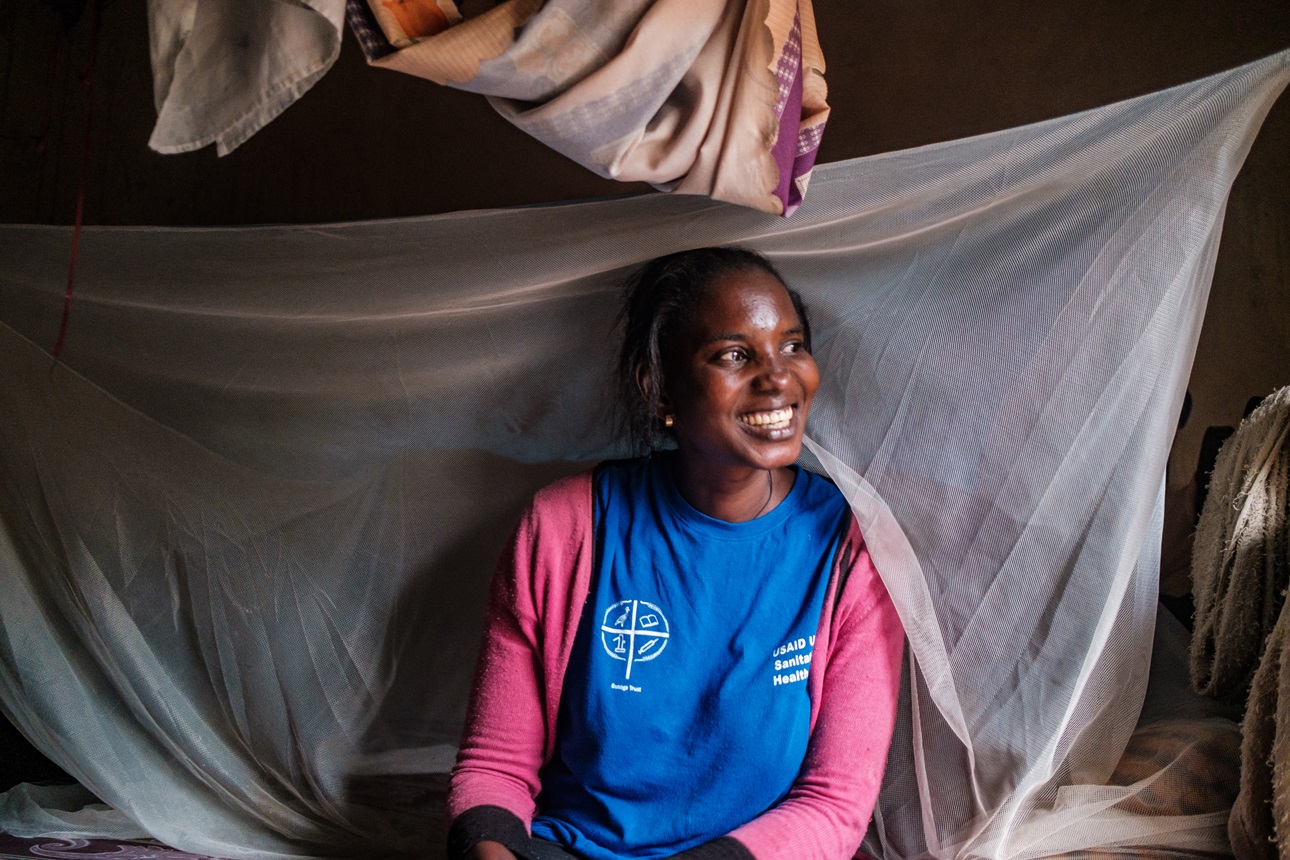Uganda
From 2006 to 2016, Uganda made steady progress in reducing anemia prevalence among non-pregnant women of reproductive age (WRA) from 40% to 31%.
Contents
KEY INSIGHTS
Improved Prevention and Control of Malaria
Control of Malaria, a significant public health issue and direct cause of anemia, was a top priority, with a focus on increased coverage of key preventative interventions.
Driven by Uganda’s National Malaria Control Program, Uganda reduced its malaria burden among WRA from 30% to 19% between 2006 and 2016. Of particular importance was the scale-up and increased access and coverage of preventive interventions such as insecticide-treated nets and intermittent preventive treatment during pregnancy – indicative of improved control of malaria particularly for women with highest risk for anemia.

Family Planning and Modern Contraceptive Use
Advances in policies and programs by the Ugandan government and NGO community enabled improved access and utilization of family planning interventions at the community level.

Uganda’s Reproductive Health Commodity Security program of 2009 and PATH’s Sayana Press program – an long-acting reversible injectable contraceptive – helped drive an increase in the prevalence of modern contraceptive use among Ugandan WRA.4 As of 2018, 2,100 Village Health Team (VHT) members were trained across over 300 health facilities across 8 districts, with 130,000 total doses administered.5 Between 2006 and 2016, the use of modern contraceptive methods improved from 18% to 35%.1,2
Women's Nutrition
Prioritization and investments in women’s nutrition, particularly in promotion of a diverse diet, enabled an increase in population-level body mass index, including a decline in underweight.
In response to high levels of dietary and micronutrient deficiency, Uganda implemented programs such as the Strengthening the National Food Fortification Program. Success in implementing nutrition interventions was enabled by the Uganda Nutrition Action Plan, a critical platform for the coordination of nutrition-related activities across ministries, departments, and agencies.

Improved Access and Utilization of Health Services via Community-Based Platforms
Village Health Teams played a critical role in improving access to health care in communities, including rural and underserved communities.

Established and supported by the Ministry of Health, the Village Health Teams program is a community-based health workers platform that enabled success in critical drivers of anemia reduction, including community-level provision and education of preventive malaria interventions, counselling on family planning and modern contraceptive use, and distribution of iron-folic acid supplementation.
-
1
Uganda Bureau of Statistics (UBOS) and Macro International. Uganda Demographic and Health Survey 2006. Calverton, Maryland: UBOS and Macro International; 2007. Accessed June 26, 2023. https://dhsprogram.com/publications/publication-fr194-dhs-final-reports.cfm
-
2
Uganda Bureau of Statistics (UBOS) and ICF. Uganda Demographic and Health Survey 2016. Kampala, Uganda and Rockville, Maryland: UBOS and ICF; 2018. Accessed June 26, 2023. https://dhsprogram.com/publications/publication-fr333-dhs-final-reports.cfm
-
3
Institute for Health Metrics and Evaluation (IHME). Global Burden of Disease (GBD) Visualization Hub. 2019. https://vizhub.healthdata.org/gbd-compare/
-
4
Walugembe F. A novel contraceptive makes life easier in Uganda and beyond. PATH. November 15, 2014. Accessed June 23, 2023. Accessed June 26, 2023. https://www.path.org/articles/a-novel-contraceptive-makes-life-easier-in-uganda-and-beyond/
-
5
Stout A. Expanding Access to Injectable Contraception: Results from Pilot Introduction of DMPA-SC in 4 African Countries. PATH. March 21, 2018. Accessed June 26, 2023. https://www.ncbi.nlm.nih.gov/pmc/articles/PMC5878078/

